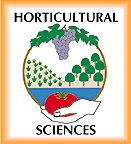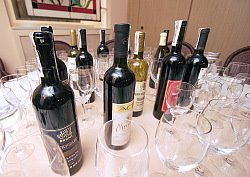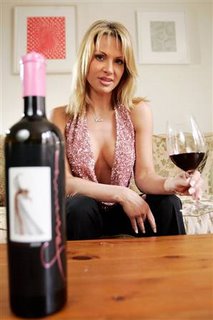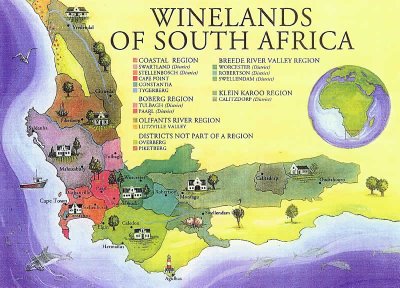 As a youngster, I became enamored of the artwork of Henri Toulouse-Latrec and his ilk, those gaudy, active posters of a certain time in Parisian cafe society portrayed in such films as 1952's "Moulin Rouge."
As a youngster, I became enamored of the artwork of Henri Toulouse-Latrec and his ilk, those gaudy, active posters of a certain time in Parisian cafe society portrayed in such films as 1952's "Moulin Rouge."Many years later, my never-flagging interest in the genre was moved to new heights by the addition of Nicole Kidman and some really funky music in the oddball 2001 remake of "Moulin Rouge."
So, it was with great interest I observed the introduction of Gala Rouge, a new wine from Brown-Forman's Bon Vivant Vineyards in France that made its debut in a decidedly unorthdox venue: last fall's International Vintage Poster Fair in New York.
The idea, says Laura Simmons, Gala Rouge brand director, was to avoid being one more data-laden French label in an already overcrowded market by presenting a classic Parisian poster-style face to the consumer world.
Brown-Forman certainly went to the right source for its labels. Jim Salvati, a California painter and designer who works with the Disney and Warner Bros. studios on a regular basis, came up with a 1920s look for an 1890 genre, depicting a flapper -- wearing a red skirt on the pinot noir label, a light amber version on the chardonnay -- on a swing and four different type fonts that, curiously, enhance rather than clash with the design.
The brand name itself is explained in a lighthearted way on the back label of the 2004 vintage debut varietals: "Ga-la Rouge (ga-luh roojz) n. 1. A red carpet event [see charity fundraisers or black tie weddings]. 2. A fun evening of your choosing [see Bunko night or poker club] ... " and so forth.
Beyond the design (the labels are available for sale in poster form), let's get down to some essentials:
• Price: $9.99 retail for 750ml bottles.
• Alcohol by volume: 12.5%
• Availability: Theoretically, as of Jan. 1 the test market phase ended and distribution went national. If it hasn't become available in your market, check the Gala Rouge Web site.
• Tasting Notes: The pinot noir is a fruit-rich wine with berries and woody elements in the nose. Soft tannins help make this a bold yet silky offering with a decent, lingering finish. Enough character to hold up to tomato sauces, grilled meats or woodsy elements such as morels, truffles and the like. The chardonnay presents a softly floral nose, then an initial citrus taste that quickly gives way to those floral notes and a touch of pineapple. Slightly astringent finish. Would pair nicely with lightly sauced foods, salads and wide-ranging tapas dishes that present sweet to salty to savory.
To Dowd's Spirits Notebook latest entry.
To Dowd's Wine Notebook latest entry.
To Dowd's Brews Notebook latest entry.
To Dowd's Non-Alcohol Drinks Notebook latest entry.
To Dowd's Tasting Notes latest entry.
Back to Dowd On Drinks home page.
























